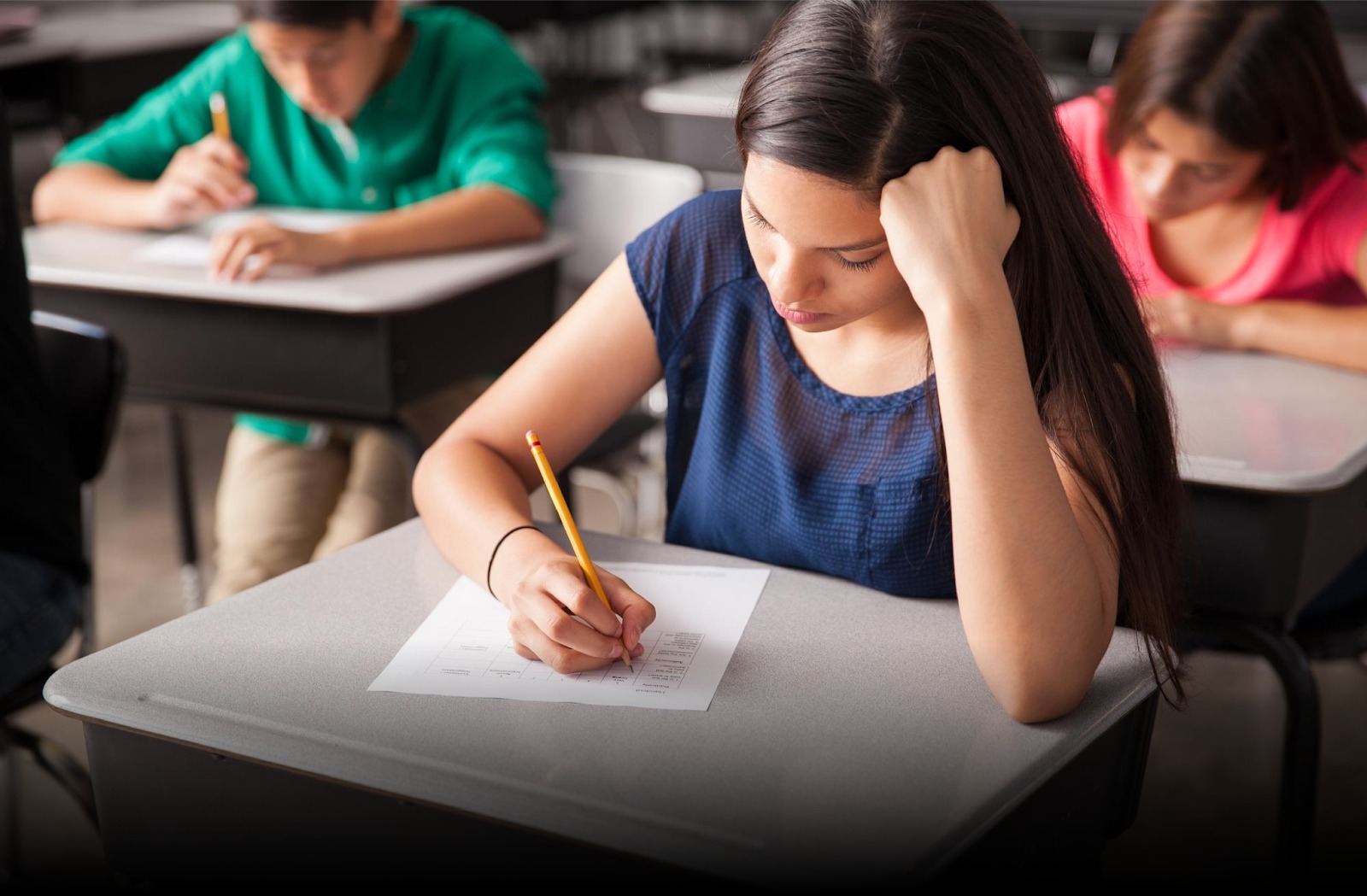Education is evolving at an unprecedented pace. As technology advances and student needs shift, classrooms around the world are transforming into dynamic, tech-driven environments. From AI tutors to hybrid learning, here are the top trends shaping the future of education.
The traditional classroom is giving way to flexible learning environments. Hybrid models—blending in-person instruction with online learning—are becoming the norm, allowing students to access education from anywhere.
Benefits:
Increased accessibility and flexibility
Personalized learning paces
Reduced geographic barriers
Artificial Intelligence is revolutionizing education through adaptive learning platforms that analyze student performance and adjust content in real-time. These systems provide tailored lessons to suit individual needs and abilities.
Key Tools:
AI tutors and chatbots
Intelligent learning platforms (like Khan Academy, Squirrel AI)
Data-driven progress tracking
Gamification uses elements of game design—points, rewards, and challenges—to make learning more engaging. It boosts motivation and retention, especially among younger learners.
Popular Techniques:
Educational apps with quizzes and levels
Virtual badges and leaderboards
Interactive simulations
VR and AR technologies are redefining immersive learning. Students can now explore ancient civilizations, conduct virtual science experiments, or even dissect digital frogs—without leaving the classroom.
Educational Impact:
Better concept visualization
Enhanced experiential learning
Safe, hands-on practice environments
The rise of the knowledge economy demands continuous skill development. Schools, universities, and online platforms are encouraging lifelong learning through micro-credentials, certificate courses, and skill-based training.
Growing Trends:
Adult education and upskilling
On-demand online courses (Coursera, edX, Udemy)
Professional certifications
Modern classrooms are equipped with smart boards, tablets, and cloud-based collaboration tools. Teachers are using tech not just to teach but to track performance, assign homework, and foster creativity.
Examples Include:
Learning management systems (LMS)
Interactive whiteboards
Collaborative platforms like Google Classroom or Microsoft Teams
Educators are placing increasing emphasis on students' emotional well-being. SEL programs aim to develop empathy, resilience, and interpersonal skills—just as essential as academic knowledge.
Core Components:
Self-awareness and regulation
Social skills and empathy
Responsible decision-making
In a world flooded with information, teaching students how to navigate, evaluate, and use digital tools effectively is essential. Digital literacy is now as fundamental as reading and writing.
Critical Areas:
Cyber safety and ethics
Media literacy
Research and analysis skills
The internet has made it possible for students to collaborate with peers across the globe. International virtual classrooms promote cultural understanding and prepare students for a globalized world.
Key Outcomes:
Cross-border collaboration projects
Language exchange programs
Exposure to global perspectives
Teachers are transitioning from traditional lecturers to facilitators and mentors. With technology handling routine instruction, educators can focus more on guidance, creativity, and personalized support.
New Responsibilities:
Curating digital content
Facilitating project-based learning
Coaching students on soft skills
The classroom of the future is here—and it’s dynamic, inclusive, and tech-savvy. As these trends continue to develop, educators and institutions must adapt quickly to ensure students are prepared for the challenges and opportunities of a digital world. The key to success lies in embracing innovation while maintaining the human connection at the heart of learning.




Want to add a comment?